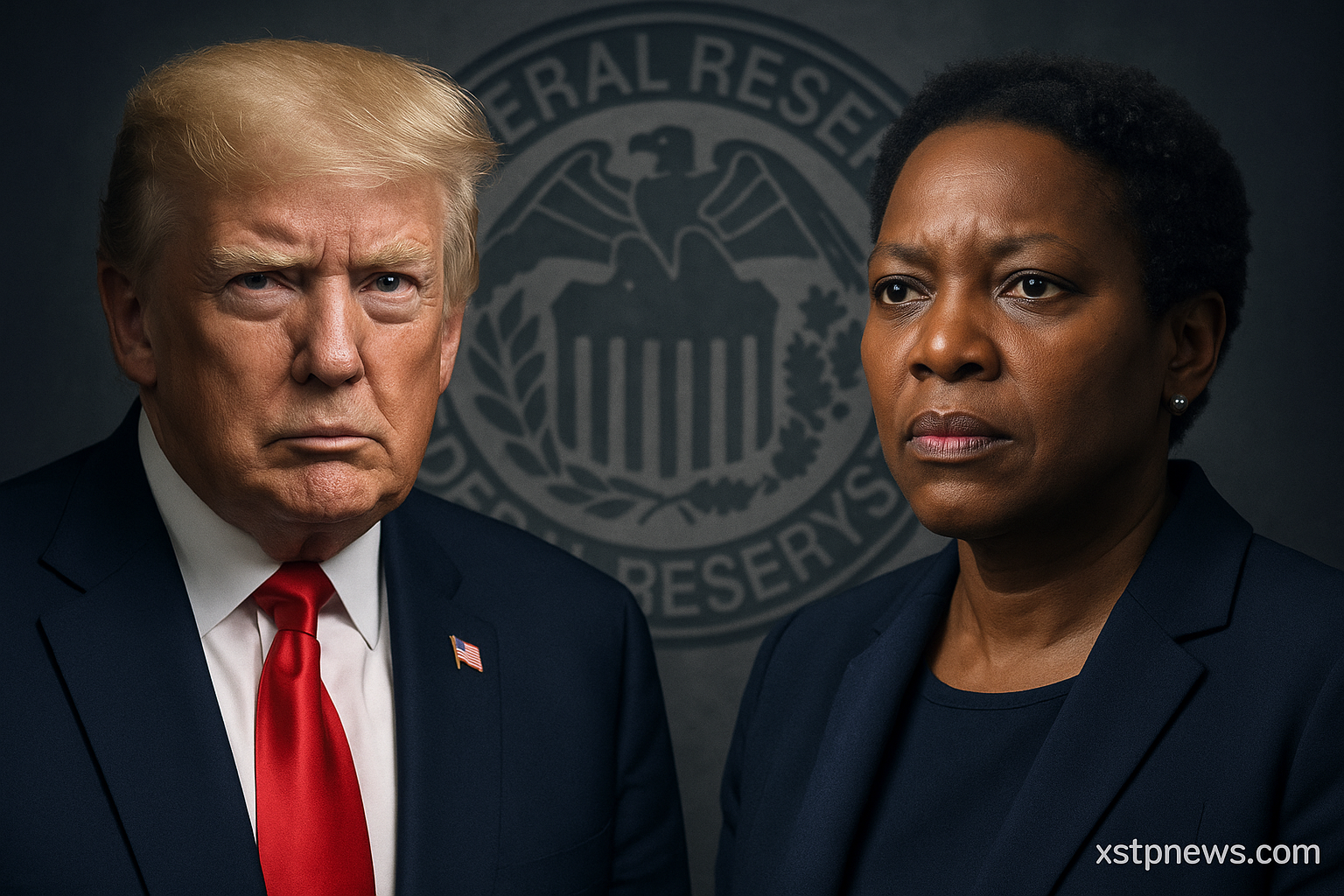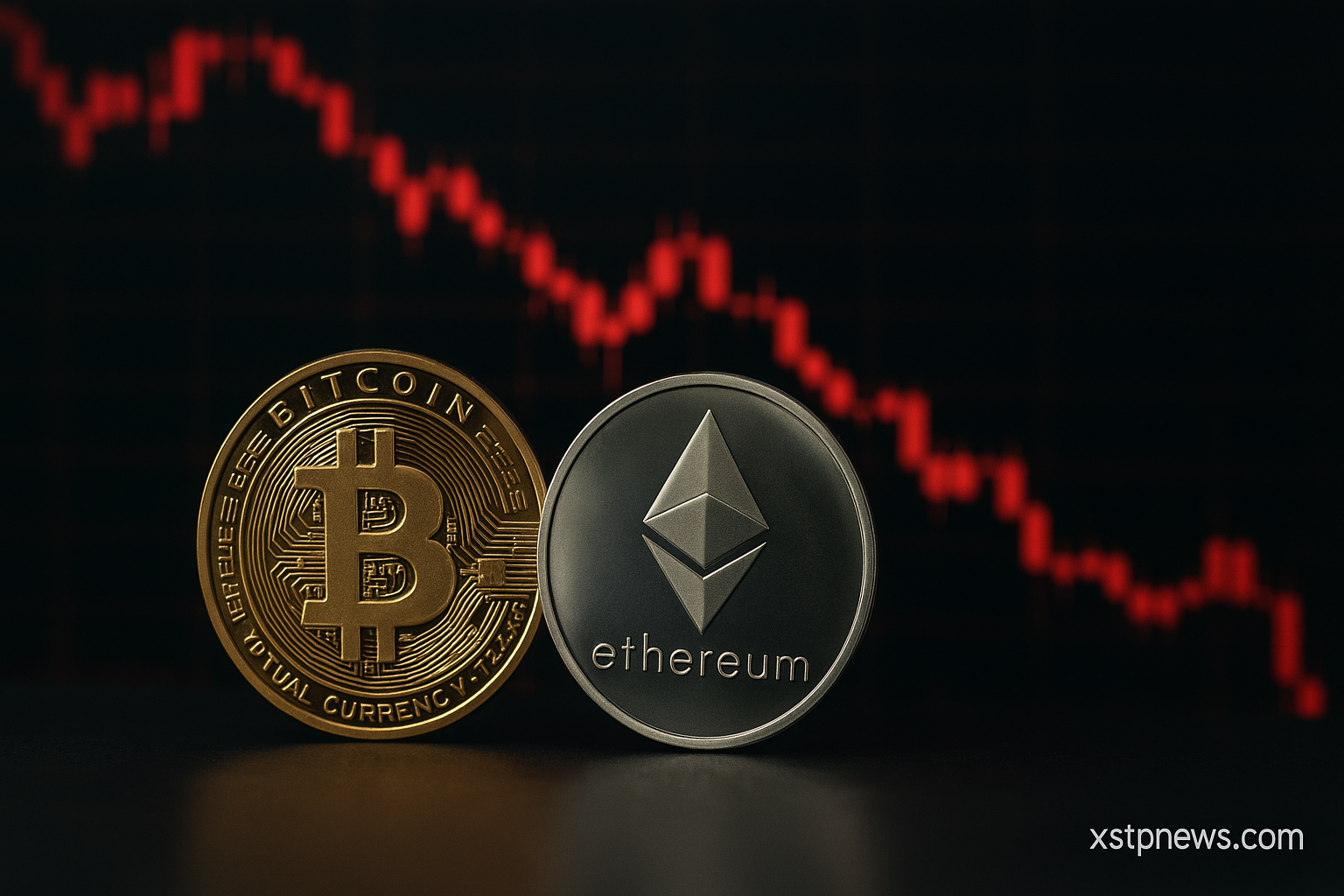A dramatic divergence between the US dollar and Latin American equities looks poised to reverse, as global investors start rotating away from overvalued US assets and seek opportunities in emerging markets.
The widening alligator mouth
A new chart from Crescat Capital overlays the DXY Index (US dollar) with the MSCI Latin America Equity Index, revealing a classic “alligator mouth” pattern: the dollar pushing higher while Latin American stocks fell or stayed flat. This gap has grown since 2014, driven by massive capital flows into dollar-based assets.
But as of mid-2025, that story appears to be changing. The DXY is down over 11% year-to-date, its worst first half since the Nixon era. Meanwhile, emerging market equities, led by Latin America, are climbing sharply.
Why is this happening?
- Overvalued US markets: Many analysts say American stocks are stretched on valuation metrics, pushing global investors to look elsewhere.
- Weaker dollar: As rates stabilize and deficits balloon, capital is flowing out of the US, softening the greenback and lifting foreign assets.
- Fundamentals in Latin America: Improved fiscal balances, commodity tailwinds, and historically low valuations position the region for a potential bull run.
Bank of America and MRB Partners both flagged this as the start of a “Great Rotation,” where investors shift away from US dominance toward international and emerging markets.
What’s next?
A closing of this alligator mouth could mean Latin American equities significantly outperform US peers over the coming years, especially if dollar weakness continues.
Traders and portfolio managers are now watching this macro setup closely, as such cycles have historically delivered outsized returns for early movers.







